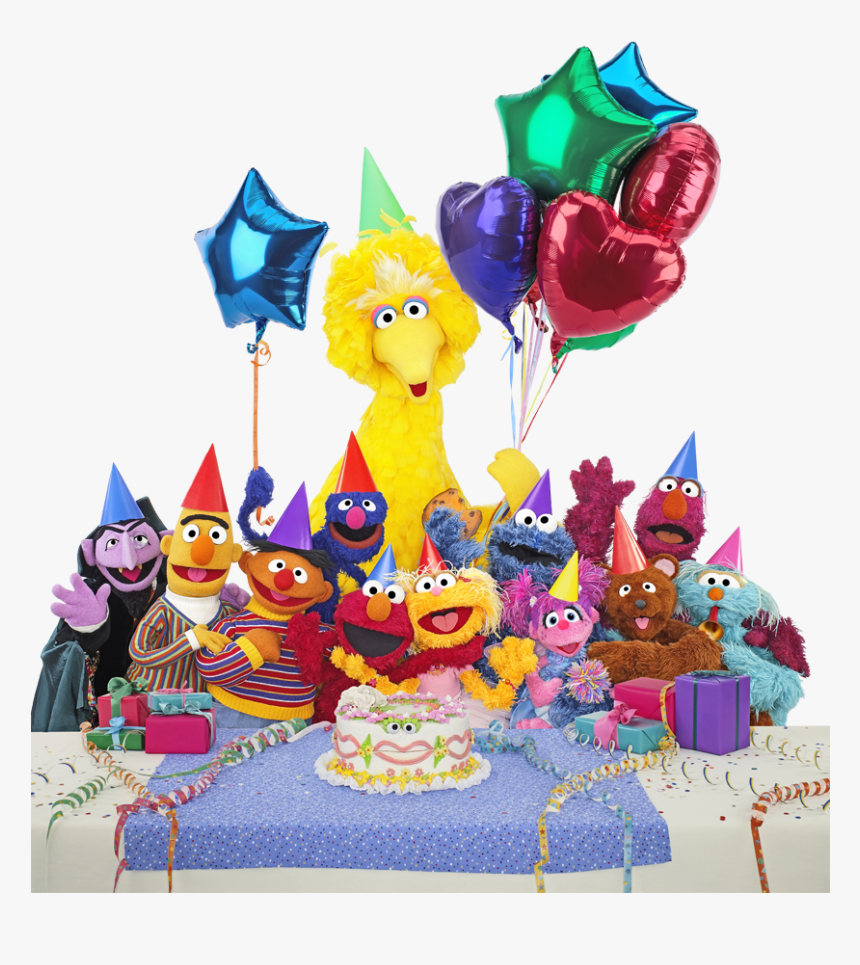In a delightful tribute to a cultural phenomenon, Google has recently commemorated the birthday of the timeless children’s television series, Sesame Street. Launched in 1969, this groundbreaking program has etched itself into the hearts of generations, serving as a paragon of educational entertainment. As it celebrates another milestone, one cannot help but ponder: what makes Sesame Street resonate so powerfully with audiences of all ages? What elements have allowed it to transcend mere entertainment and become a vital educational resource?
From its inception, Sesame Street broke away from conventional children’s programming. It dared to amalgamate diverse teaching methodologies, presenting information through an engaging tapestry of puppetry, song, and humor. This innovative methodology effectively captured the attention and imaginations of young viewers. The series introduced viewers to an eclectic array of characters, each with unique traits that mirrored the complexities of the real world, encouraging children to embrace diversity and cultivate empathy. This is indeed a significant accomplishment—one that sets a challenge for contemporary shows: how can they emulate such a profound impact while remaining entertaining and pedagogically sound?
The character-driven narratives served as both vehicle and catalyst for emotional intelligence development in children. Who can forget the charming Elmo, the exuberant Grover, or the lovable Big Bird? Each character brings forward different life lessons: Elmo teaches kindness, Grover embraces perseverance, and Big Bird epitomizes curiosity. Engaging with these characters allows children to explore concepts of friendship, problem-solving, and resilience. In an era where social interaction has undergone significant transformation due to technology, how can current programs facilitate similar growth opportunities for young viewers?
As it stands today, Sesame Street is not merely a television show; it functions as a social and cultural touchstone. It has adeptly evolved over the decades, adapting to the changing societal landscape, addressing issues such as race, disability, and family dynamics. In doing so, it clears a path ahead for educators and media creators alike. The quest then emerges—how do modern creators respond to these challenges? Can they design content that fosters meaningful dialogue around complex issues while maintaining a light-hearted approach that resonates with children?
As Google raises awareness about this landmark anniversary, it invites us to reflect on the legacy of Sesame Street and its monumental contributions to children’s media. The questions posed challenge both consumers and creators: How do we continue to nurture the spirit of learning and kindness in the digital age? And what strategies can we develop to keep this flame alive for future generations?
